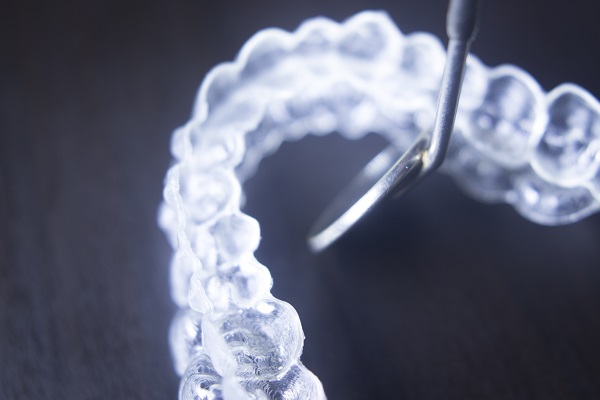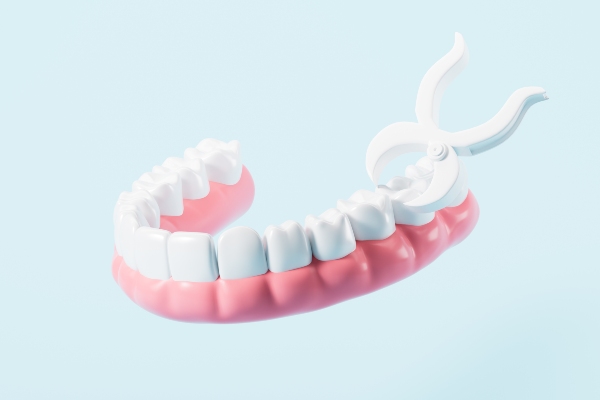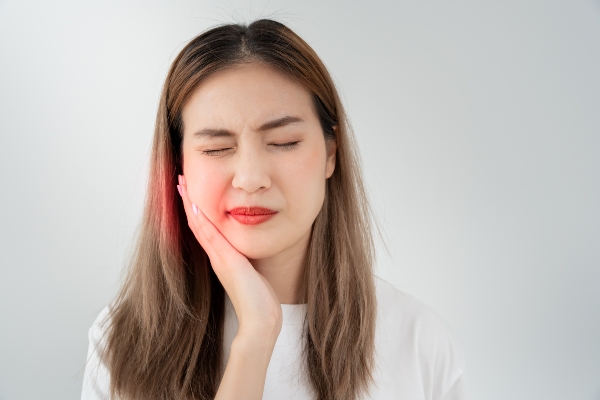5 Things to Avoid During Invisalign Teeth Straightening

Over the years, more people have started to use Invisalign® to fix an imperfect smile. Those who have spent years dealing with a crooked smile may struggle with self-confidence in their appearance. Thankfully, clear orthodontic aligners can help improve a smile subtly, without anyone else noticing. However, for these braces to work properly, there are some things to keep in mind when wearing them.
What to expect
To get the desired results, there are some things that should be done to maximize the aligners' effectiveness.
Wear for 20-22 hours a day
These aligners cannot be worn while eating, but wearing them for 20-22 hours a day is recommended. This gives the aligners maximum contact with the teeth, which will lead to faster results.
Expect slight discomfort at first
With each new set of Invisalign®, it may take a few days to adjust to the feel. Thankfully, in only a few days, the teeth will have adjusted to the aligners, making them less noticeable.
Ask if a retainer will be needed afterwards
For some people, teeth try to revert back to their old position. In these cases, a retainer may be recommended to prevent this from happening. This generally is determined on a case-by-case basis.
5 things to avoid
Keeping the aligners in good condition is important to ensure maximum results. For this reason, there are some things that should be avoided for the duration of the Invisalign® treatment.
1. Avoid snacking
The aligners will need to be removed when eating or drinking anything but water. Skipping snacking can make this easier. It can also help ensure the aligners are in for the recommended 20-22 hours every day. Stick with a set amount of meals and snacks every day if possible.
2. Limit coffee
Beverages other than water should be avoided while the aligners are in, as they can become stained if worn while drinking coffee, soda or tea. Many people sip on coffee in the morning, but because the aligners must be removed during this time, it reduces the amount of time Invisalign® is in the mouth.
3. Do not chew gum
Gum can easily stick to and damage the aligners. Removing the aligners to chew gum does not make a lot of sense, as it reduces the amount of time the aligners are on the teeth. Even sugar-free gum, which the American Dental Association says can improve dental health, should be avoided during Invisalign® treatment.
4. Never leave home without a toothbrush
After removing the aligners to eat, the teeth should be brushed before putting them back in. A travel-sized toothbrush may be a good idea to ensure teeth can be brushed on the go.
5. Do not take a day off from wearing aligners
It may be tempting, but skipping a day wearing the aligners can hinder their progress. Wearing the aligners daily is what straightens the teeth properly.
Straightening smiles with ease
Invisalign® can straighten your smile, leading to increased confidence when smiling. Taking proper care of the aligners will ensure they stay in good condition, and wearing them when recommended will increase their effectiveness moving the teeth.
Are you considering Invisalign® in the Marietta area? Get more information at https://www.mytotaldentistry.com.
Check out what others are saying about our services on Yelp: Read our Yelp reviews.
Recent Posts
Many conditions can result in a tooth extraction, all of which boil down to the state of the tooth. There are two main types: simple and surgical. Take a closer look at each option and why we may recommend them.The goal of any general dentist is to preserve the natural teeth for as long as…
There are two types of tooth extractions: simple and surgical. Simple extractions are for teeth that are entirely exposed and can be accessed above the gumline. Surgical extractions require an incision into the gumline or connective tissue. The type a patient needs depends on the cause and state of the tooth. Here are six reasons…
A tooth extraction can improve your dental health. The dentist can assess the tooth and see if it is still repairable. If not, then the dentist will remove it. Knowing more about tooth removal can help you prepare for the procedure. Here are some tooth extraction questions you can ask your general dentist on consultation…
Tooth extraction is a common dental procedure where a dentist removes a tooth from its socket in the jawbone. While it may seem intimidating, these procedures are often necessary to maintain oral health and prevent further complications. Here are the two types of tooth extractions that dentists use to improve your smile and overall health.Simple…


